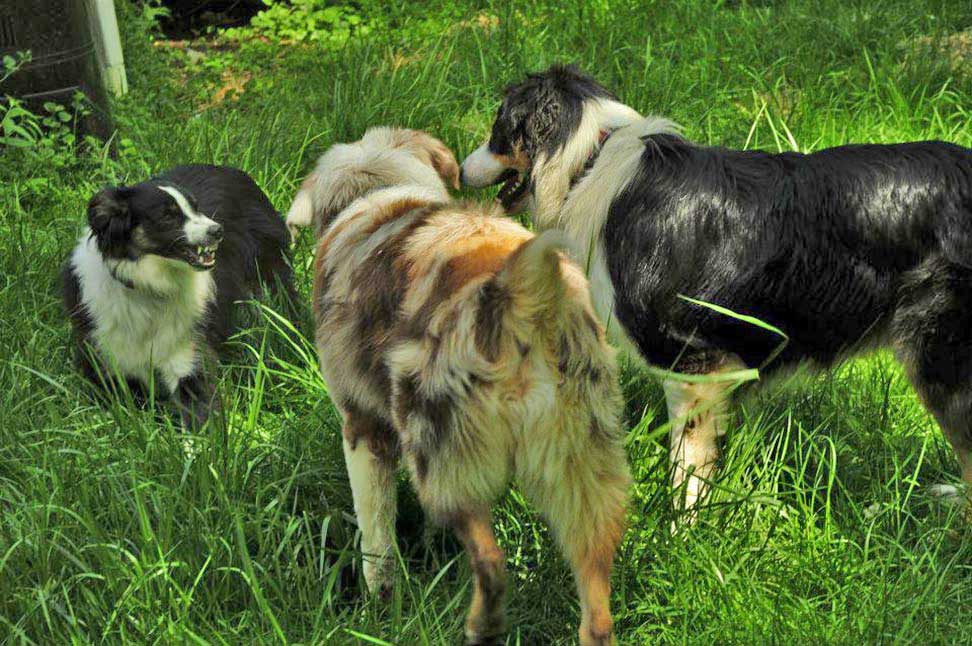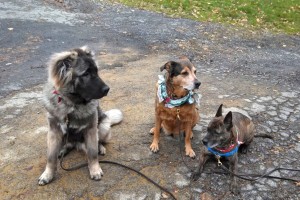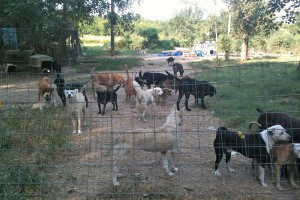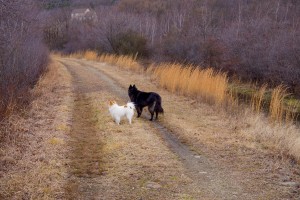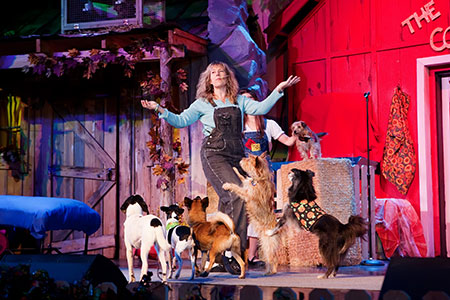Happily Ever After? Sometimes, It’s Not an Easy Feat.
I get a lot of inquiries through my training business for help with multiple dog issues. Most are fixable; some with an easy tweak, some with more effort, some would be easy if people would use simple common sense. Some are sadly not fixable, but not fixable is thankfully rare, at least in my experiences.
My most frustrating cases involve people who have good intentions but don’t think things through and expect a magic solution. Unfortunately, there are no magic solutions.
The basic facts are this….if your current dog has not been exposed to or doesn’t like other dogs, getting a puppy (with or without training said puppy) will not go over well with your current dog. There is no magic wand that will fix this situation. Only solid behavior modification for the adult dog and training for the puppy, will “fix” the situation. Benevolent leadership and taking a parental role in the situation will go a long way towards a remedy.
I wish that I had an easier solution, I really do. Part of the problem that I run into is that I cannot change a person’s basic personality. You either are comfortable being a leader or you aren’t. Some aspects of this position can be taught and some can’t. I find myself in the position of seeing very workable scenarios with people who are not comfortable taking the lead.
A dog who has had his or her life spent in a certain comfortable routine won’t easily be happy changing said routine without feeling safe with the household leadership. This plays a key role in whether your dog rolls with the changes easily or not. Dogs need to know that you “got this covered”. In particular, an adult dog who either has already shown a dislike for other dogs or has never been exposed to other dogs, will rest far easier knowing that you will keep them safe from puppy stupidity.
I have had both successes and failures with this particular scenario. It so very much depends on the determination of the owner to make things work and above all, the ability of the owners to “step up” and take the reins of benevolent leadership. This does not in any way, shape or form, involve using force or being “dominant”. What is does involve is being the human that keeps the peace. It involves being the human who will keep everyone in the home safe. That includes teaching the new puppy manners so that the resident dog feels safer exploring the new dog. It involves spending time acclimating said resident dog to the new puppy in a positive manner. This usually doesn’t happen overnight.
Many people continue to believe that the best way to fix a conflict is to allow the dogs to “work it out”. That could not be further from the truth. Someone needs to make the decisions about what is and isn’t allowable with all canines involved. That same someone is expected to set guidelines and limits and kindly enforce both as well as teaching everyone to make better decisions. Dogs thrive with routine and structure. Show them what is expected of them and that YOU, the HUMAN, will keep them safe from harm and take care of all basic needs and it all flows more smoothly from there.
When the human “in charge” is uncertain or anxious about the situation at hand, it’s evident to all the canines in the household. Safety is a primary need of all living creatures. Uncertainty and anxiety create stress and stress creates conflict when the dynamics are unstable.
My own situation with Trent and Kenzo would be disastrous in a less skilled household. There would have already been bloodshed. But things go well because *I* set the rules. Trent knows I am keeping him safe. Kenzo has been taught what is and isn’t acceptable. Supervise, supervise, supervise is the name of the game here with a gradual increase in privileges.
For those of you reading this before getting a new addition to your family; if you have a dog that already has issues with other dogs, then fix that first. Don’t just assume things will fall into place because you get a puppy rather than an adult dog. It just doesn’t work that way. It might but again, it might not. It’s frustrating to see situations that could be fixed easily by changing the humans, not the dogs.
The bottom line for success with a potential conflict between new canine housemates is to feel comfortable taking the lead. I can show you what to do, tell you what to do, guide you along the process but I cannot do it for you. I don’t live with your dogs, you do.
Those who have successfully worked through this process, please share your experiences in the spaces below. Failure stories are welcome as well.
Posted in: Projects
Leave a Comment (1) →

